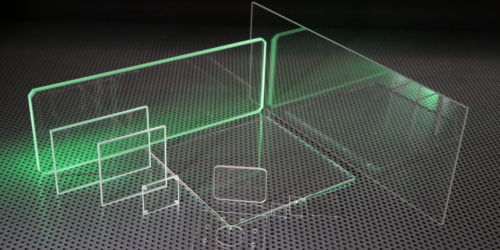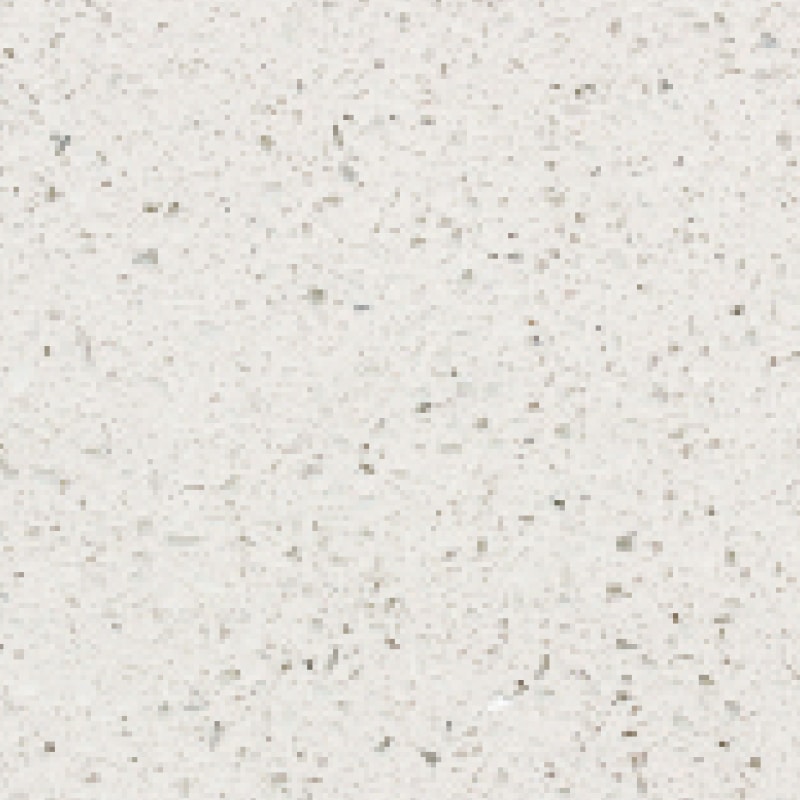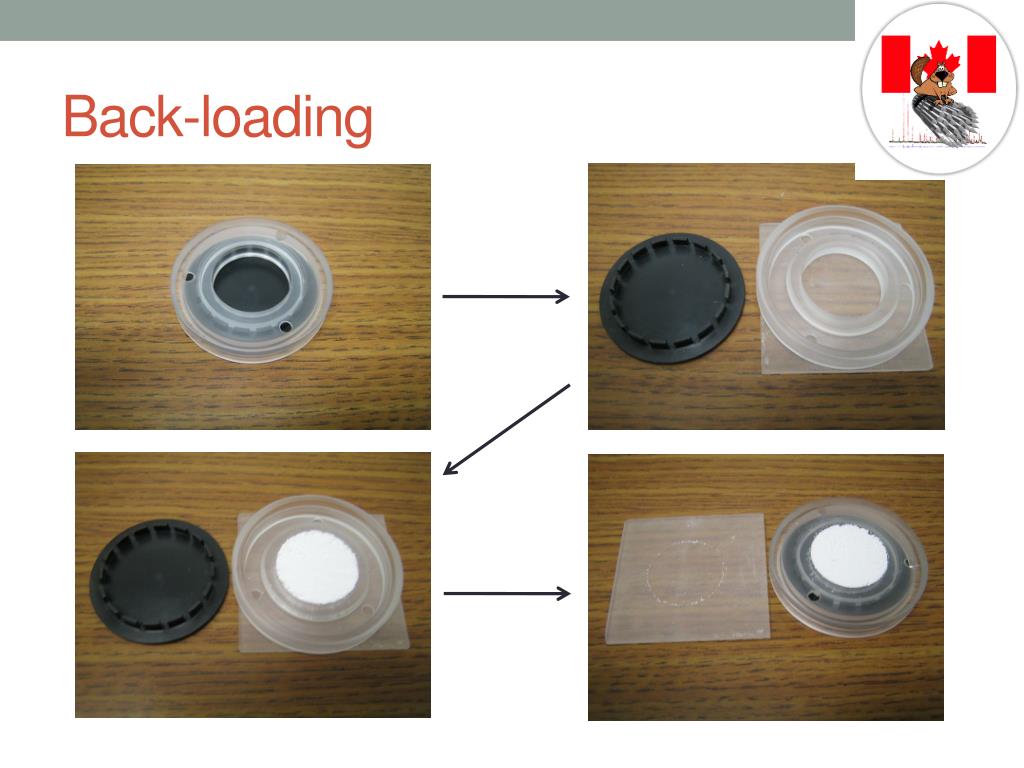

Target-capture biosensing systems are comprised of three distinct aspects ( Fig. Finally, details are given about the attachment of various target-capture films to the LFE-QCM surface to capture biomarkers associated with diseases such as cancer. This work also presents examples of experimental setups for measuring the response of an LFE-QCM, followed by results of LFE-QCMs used to detect liquid electrical and mechanical properties, chemical targets, and biological targets. In particular, the presence and strength of the usual and newfound LFE-QCM modes depend on the electrical properties of the film and/or sensing environment. This paper presents theoretical and experimental aspects of LFE-QCMs. Compared to the QCM, the LFE-QCM exhibits significantly higher sensitivity to both electrical and mechanical property changes. A modification of the QCM called the lateral field excited (LFE) QCM (LFE-QCM) has been developed with a bare sensing surface as both electrodes are now on a single face of the quartz plate. The sensitivity of the QCM is typically based solely on the detection of mechanical property changes, as electrical property change detection is limited by the electrode on its sensing surface. For biosensing, the QCM is used to detect the capture of a target by a target-capture film. This method is of great reference value for designing this kind of composite achromatic wave plate.The most common bulk acoustic wave device used in biosensing applications is the quartz crystal microbalance (QCM), in which a resonant pure shear acoustic wave is excited via electrodes on both major faces of a thin AT-cut quartz plate. The temperature insensitivity of the five-element wave plate is better than the three- and four-element wave plates. The absolute value of the relative deviation of the maximum phase retardation is less than 3.6%, which meets the design requirements of the wave plate. The results show that the total phase retardation is adjustable with the range of 90°–180° when the range of temperature and the achromatic wavelength is $$ and 750–1250 nm, respectively. The total phase retardation can be adjusted by rotating the azimuth angle of the central wave plate. In order to obtain a composite achromatic wave plate with adjustable retardation, temperature insensitivity, and achromatic bandwidth of 500 nm, a five-element composite achromatic quartz wave plate is designed based on particle swarm optimization. Note: Author names will be searched in the keywords field, also, but that may find papers where the person is mentioned, rather than papers they authored.Use a comma to separate multiple people: J Smith, RL Jones, Macarthur.Use these formats for best results: Smith or J Smith.For best results, use the separate Authors field to search for author names.Use quotation marks " " around specific phrases where you want the entire phrase only.

Question mark (?) - Example: "gr?y" retrieves documents containing "grey" or "gray".Asterisk ( * ) - Example: "elect*" retrieves documents containing "electron," "electronic," and "electricity".




 0 kommentar(er)
0 kommentar(er)
